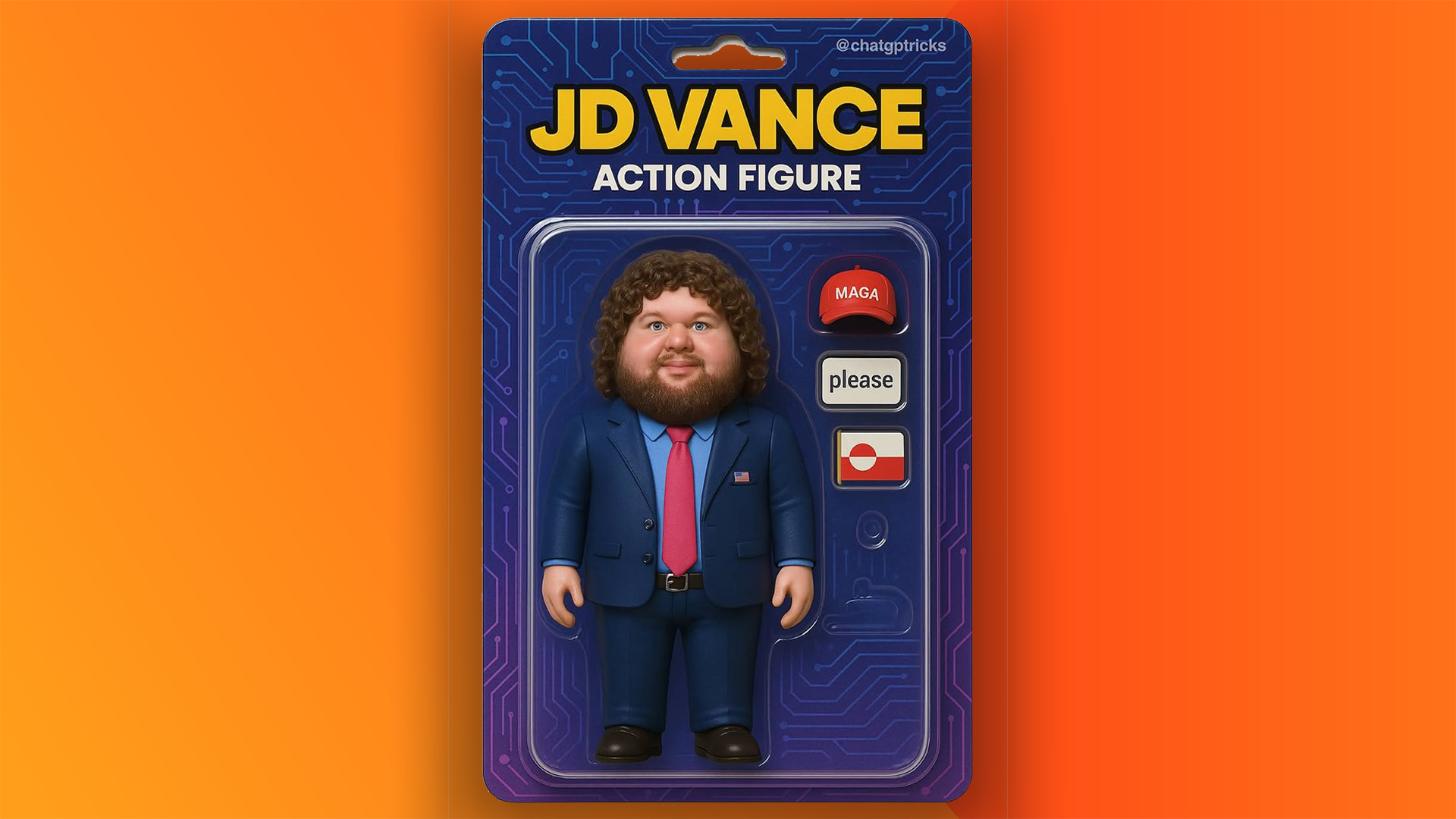Creative common sense
Looking for a way to protect your work? There is a way to fight the copyright war, as Jason Arber explains.
We live in fluid times, where it's difficult to keep track of changes to rights in the digital world. Take, for example, a design you've created. Store it on the wrong server, and the terms and conditions you may have agreed to without reading properly could assign the service owner the right to do what they like with your design.
Previously, I've looked at how easy it is to accidentally assign rights to a third party, but here I'll tell you how to fight back, taking control using Creative Commons.
To understand how Creative Commons works, it's necessary to understand what copyright is. The modern notion of copyright - literally the right to copy - gives a limited set of rights to authors of original works.
In 1988, the UK passed the Copyright, Designs and Patents Act, which declared copyright would be given automatically without the need for application. Among these rights is the ability to display the works publicly, to produce copies of the work, to create derivative works and to assign rights.
All too often the copyright for original works is assigned to publishers, who have the most to lose from unauthorised copying and distribution. Digital Rights Management (DRM) is a set of digital restrictions that hamstrings many modern distribution formats in an attempt to prevent any form of unauthorised copying.
DRM often flies in the face of the notion of Fair Use, or the limited rights for end users to make copies of works for their own, non-commercial use. Publishers don't like Fair Use, as the implied freedom has the potential for mass duplication, a particular problem for digital formats. On the other side of the fence are creatives who want to see their work widely distributed, advocating Fair Use and the liberalisation of the existing law.
Flexible protection
Creative Commons was introduced in 2001 as a non-profit organisation promoting copyright that enables holders to grant some of their rights to the public through contracts and licences. The goal is to sidestep some murky areas of the current law and to counter the trend for restrictive permissions. The beauty is that this offers a scalable approach, rather than the traditional all-or-nothing scheme. It allows content creators to take back control, but it has still faced criticism from publishers who feel it undermines the notion of copyright.
Get the Creative Bloq Newsletter
Daily design news, reviews, how-tos and more, as picked by the editors.
Interestingly, the Dutch court upheld Creative Commons licences in the case of an MTV VJ Adam Curry, who published photos on Flickr under a Creative Commons licence. These were used by a gossip magazine, Weekend, which claimed that it wasn't aware it needed permission.
Creative Commons' CEO, Lawrence Lessig, said: "This decision confirms that the Creative Commons licensing system is an effective way for content creators to manage their copyrights online." The support of the courts is a victory for those who want both wider distribution for their work and legal protection when their rights are violated.
So, for any artist - well down the road to success or otherwise - Creative Commons grants flexibility within the intimidating world of self-promotion. Our advice though, as ever, is to read the small print.
Jason Arber is a designer and co-founder of www.pixelsurgeon.com. Email him at Jason@pixelsurgeon.com

Thank you for reading 5 articles this month* Join now for unlimited access
Enjoy your first month for just £1 / $1 / €1
*Read 5 free articles per month without a subscription

Join now for unlimited access
Try first month for just £1 / $1 / €1
The Creative Bloq team is made up of a group of design fans, and has changed and evolved since Creative Bloq began back in 2012. The current website team consists of eight full-time members of staff: Editor Georgia Coggan, Deputy Editor Rosie Hilder, Ecommerce Editor Beren Neale, Senior News Editor Daniel Piper, Editor, Digital Art and 3D Ian Dean, Tech Reviews Editor Erlingur Einarsson, Ecommerce Writer Beth Nicholls and Staff Writer Natalie Fear, as well as a roster of freelancers from around the world. The ImagineFX magazine team also pitch in, ensuring that content from leading digital art publication ImagineFX is represented on Creative Bloq.
